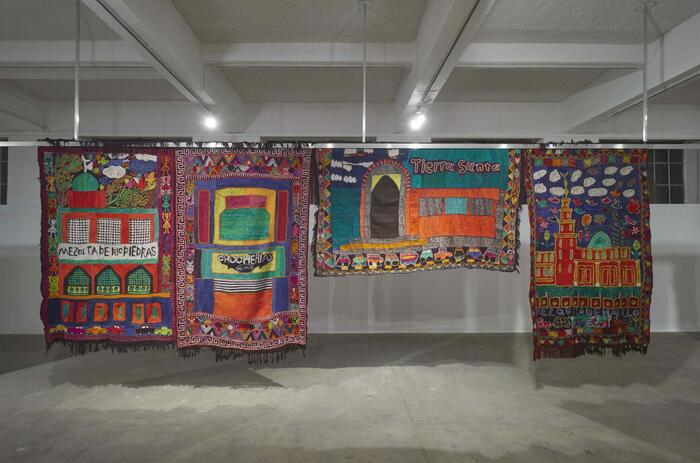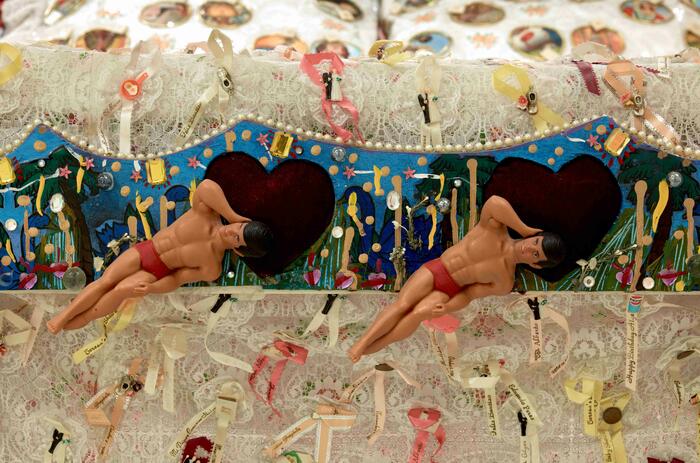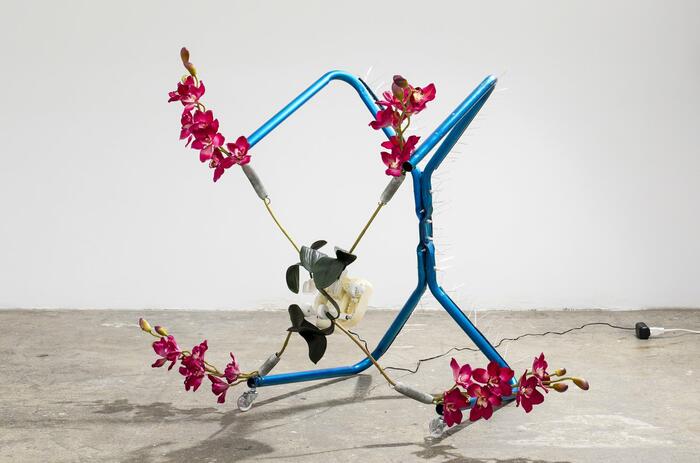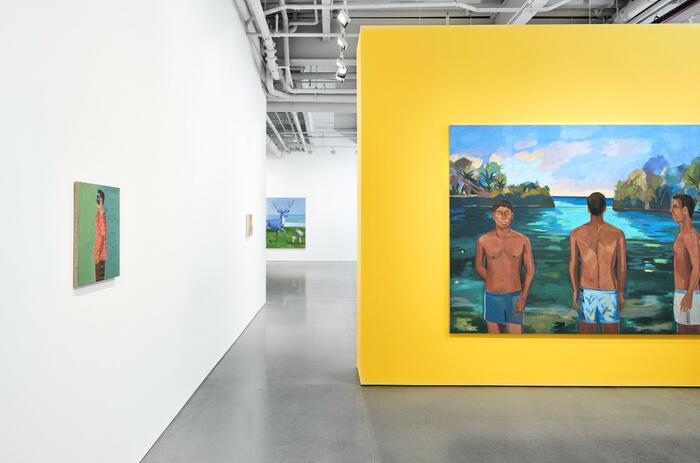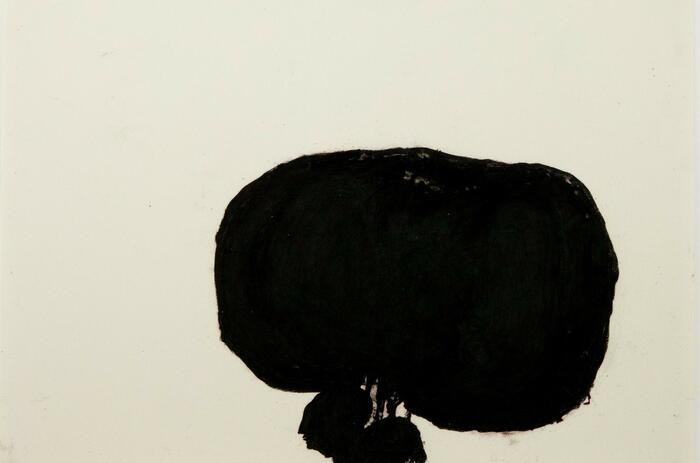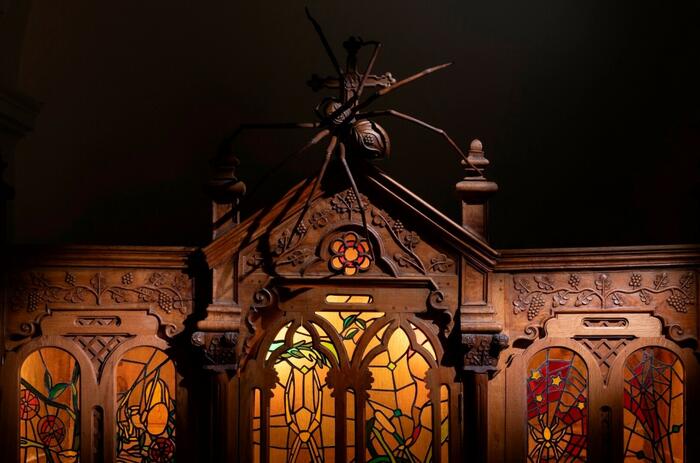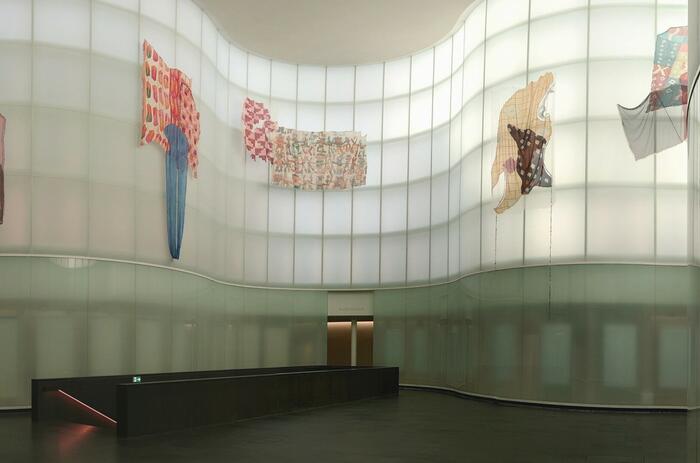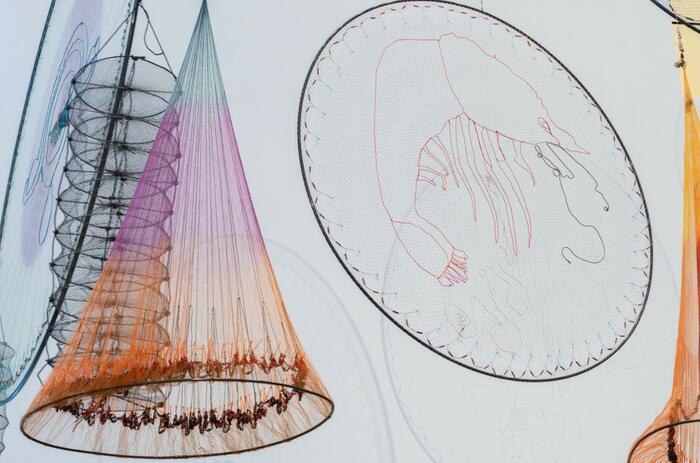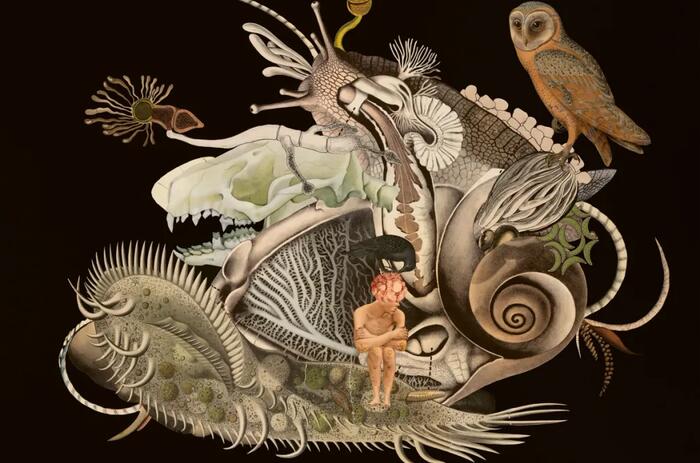MYSTICISM, MUSIC AND INTELLECTUALISM. HARRY SMITH AT THE WHITNEY MUSEUM
Fragments of a Faith Forgotten: The Art of Harry Smith at Whitney Museum puts the artist's life on display alongside his art and collections.
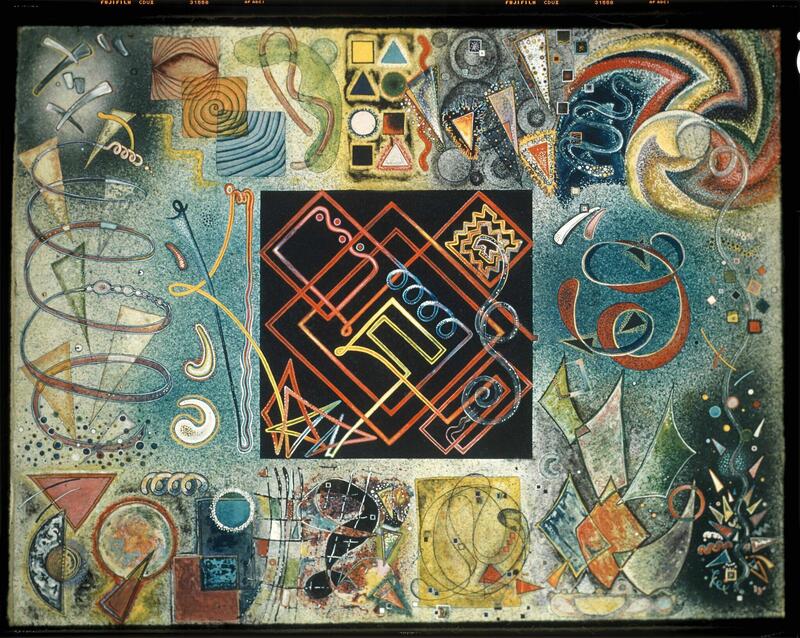
The exhibition follows him from an isolated Depression-era childhood in the Pacific Northwest—a time when he was immersed in ecstatic religious philosophies and Native American ceremony—to his bohemian youth of marijuana, peyote, and intellectualism in postwar Berkeley, California. The exhibition also traces his path through the milieus of bebop and experimental cinema in San Francisco to his decades in New York, where he was an essential part of the city's avant-garde fringe.
-
K.S. Brown, Harry Smith recording a Lummi ceremony, ca. 1942. Gelatin silver print, 8 1/8 × 9 15/16 in. (20.7 × 25.3 cm). Harry Smith Papers, Getty Research Institute, Los Angeles; gift of the Harry Smith Archives 2013.M.4. K.S. Brown Photo
-
Harry Smith, Musical score: Chief Vincent Jack of Point Grey Musquim, "Clean-up Day," Swinomish reservation smokehouse, February 14-15, 1942 (1-A-1, 1-A-2). Ink on paper, each 6 7/16 × 7 11/16 in. (16.4 × 19.5 cm). Harry Smith Papers, Getty Research Institute, Los Angeles; gift of the Harry Smith Archives 2013.M.4. © J. Paul Getty Trust
-
Harry Smith, Algo Bueno [Jazz Painting], c. 1948–49. Lightbox projection from 35mm slide of lost original painting, 27 7/8 × 28 in. (55.6 × 71.1 cm). Estate of Jordan Belson.
-
Harry Smith, Ko Ko [Jazz Painting], c. 1949–51. Lightbox projection from 35mm slide of lost original painting, 21 7/8 × 29 in. (55.6 × 73.7 cm). Estate of Jordan Belson.
-
Harry Smith, Abstract film studies (two slides projected alternately), 1951. Film stills (lightbox), 21 7/8 × 33 1/2 (55.6 × 85.1 cm). Estate of Jordan Belson
Keenly attuned to changing technology, Smith embraced innovation and used whatever was new and of the moment. At the same time, his lifelong interest in abstract art, ancient traditions, metaphysics, spiritualism, folk art, and world music came to the fore even as he devised ingenious ways of collecting sounds and creating films. These concerns make Smith's work feel increasingly prescient as collecting and sharing come into view as creative acts that are necessary for drawing meaning from the glut of images and juxtaposition of cultures, we encounter every day.
-
Harry Smith, Untitled [Study for Inkweed Studios greeting card], c. 1952. India ink on scratchboard, 8 × 6 in. (20 × 15 cm). Private collection
-
Harry Smith, Untitled [Demoniac self-portrait], c. 1952. Scratchboard, 8 1/2 × 5 1/2in. (21.6 × 14 cm). Lionel Ziprin Archive, New York
-
Harry Smith, [Folded paper airplane: Many Smokes and Spring Seasonings], 1967 . Graphite and printed black in on paper , 5 7/8 × 7 15/16 × 3 in. (15 × 20.2 × 7.6 cm) . Getty Research Institute, Los Angeles; gift of Anthology Film Archives 2013.M.4.34 . © J. Paul Getty Trust.
-
Harry Smith, still from Film No. 18: Mahagonny, 1970–80 (restored 2002). 16mm film, restored to 35mm film, transferred to digital video, color, sound; 2:21 min. © Harry Smith Papers, Getty Research Institute, Los Angeles; gift of the Harry Smith Archives 2013.M.4. Courtesy Anthology Film Archives.
Harry Smith (1923–1991) was a painter, filmmaker, folklorist, musicologist, and collector as well as a radical nonconformist whose work defies categorization. Although his creative output includes paintings, films, poetry, music, and sound recordings, it also consists of extensive collections of overlooked yet revealing objects, such as string figures and found paper airplanes. His best-known work, a compilation of recordings from the 1920s and 1930s titled the Anthology of American Folk Music, achieved cultlike status among many musicians and listeners since it was first published in 1952.

